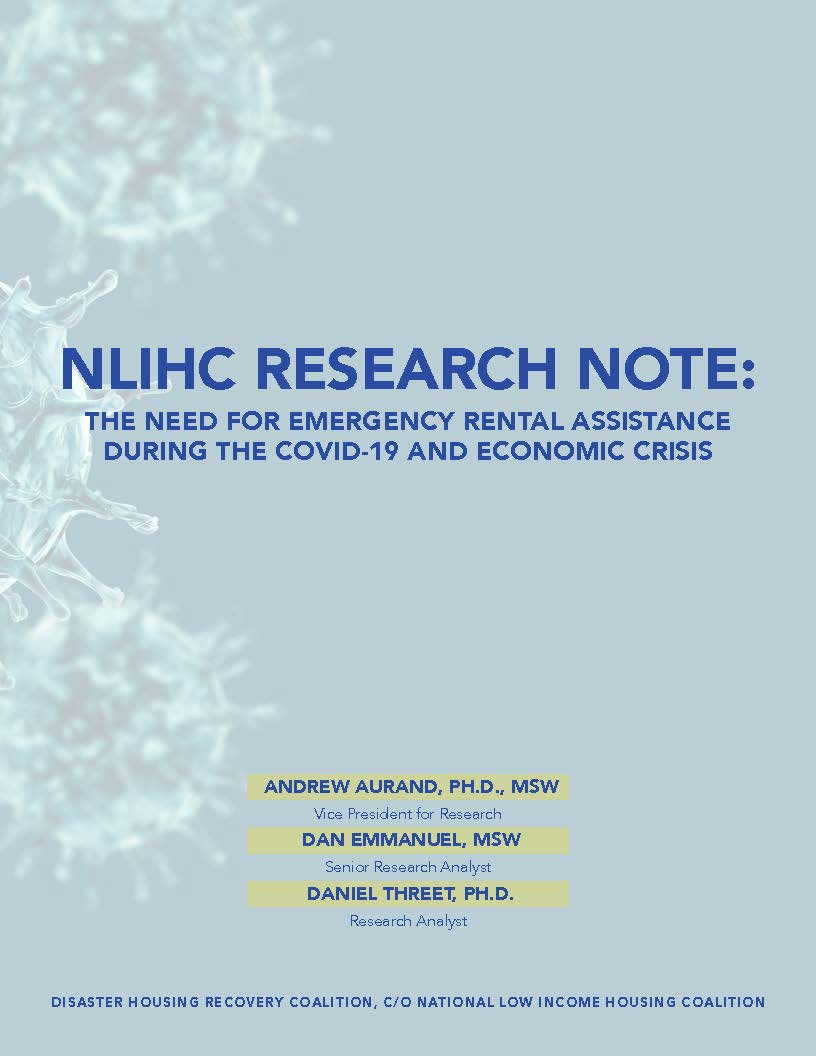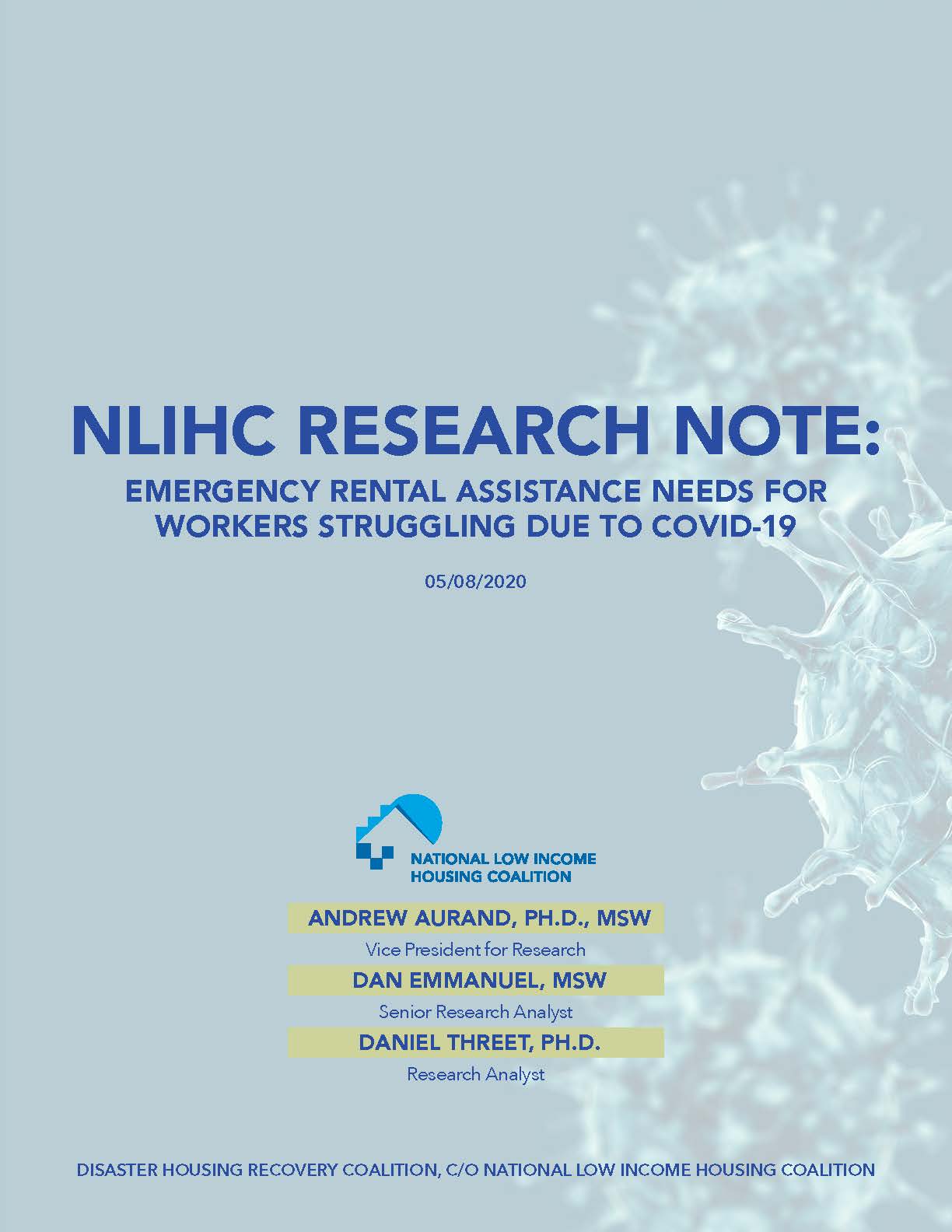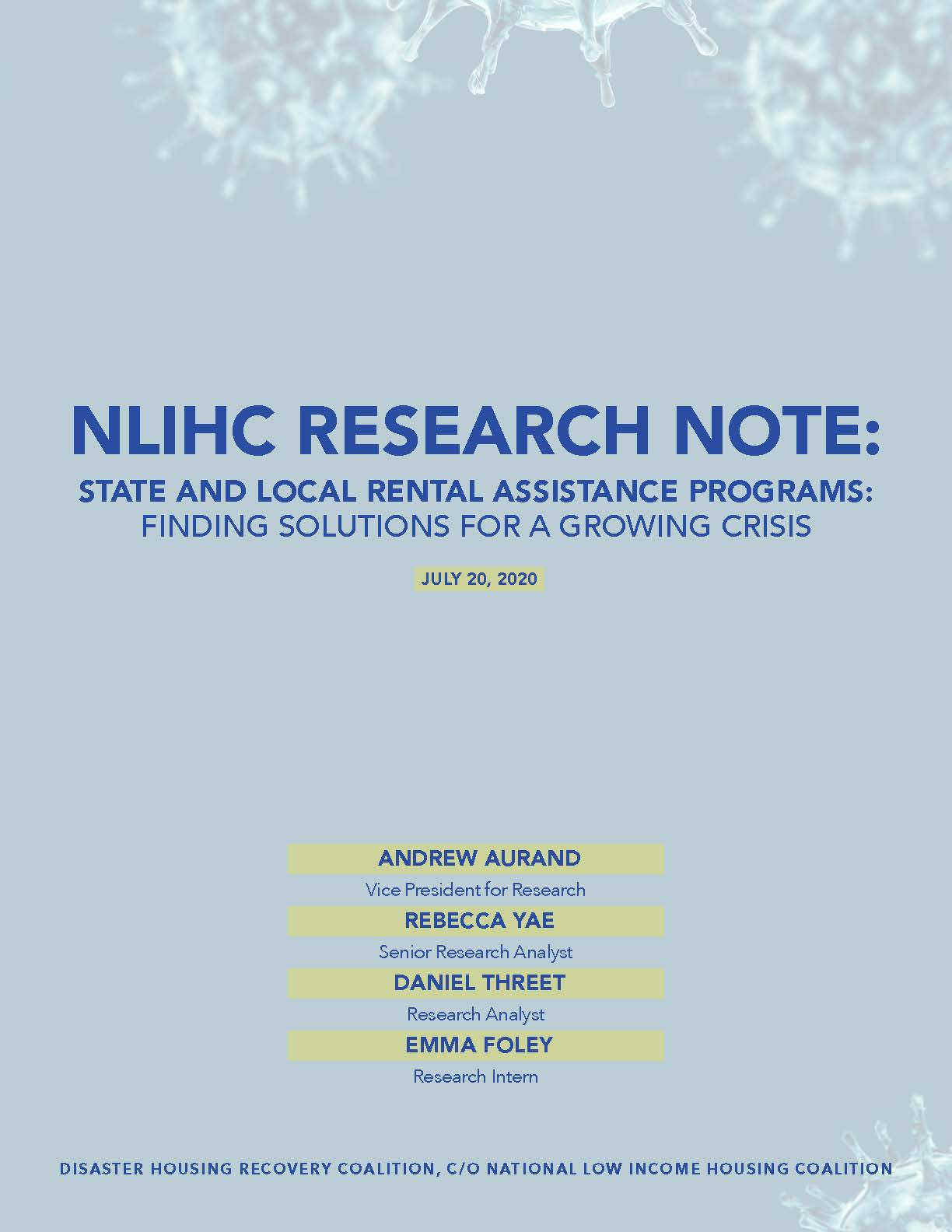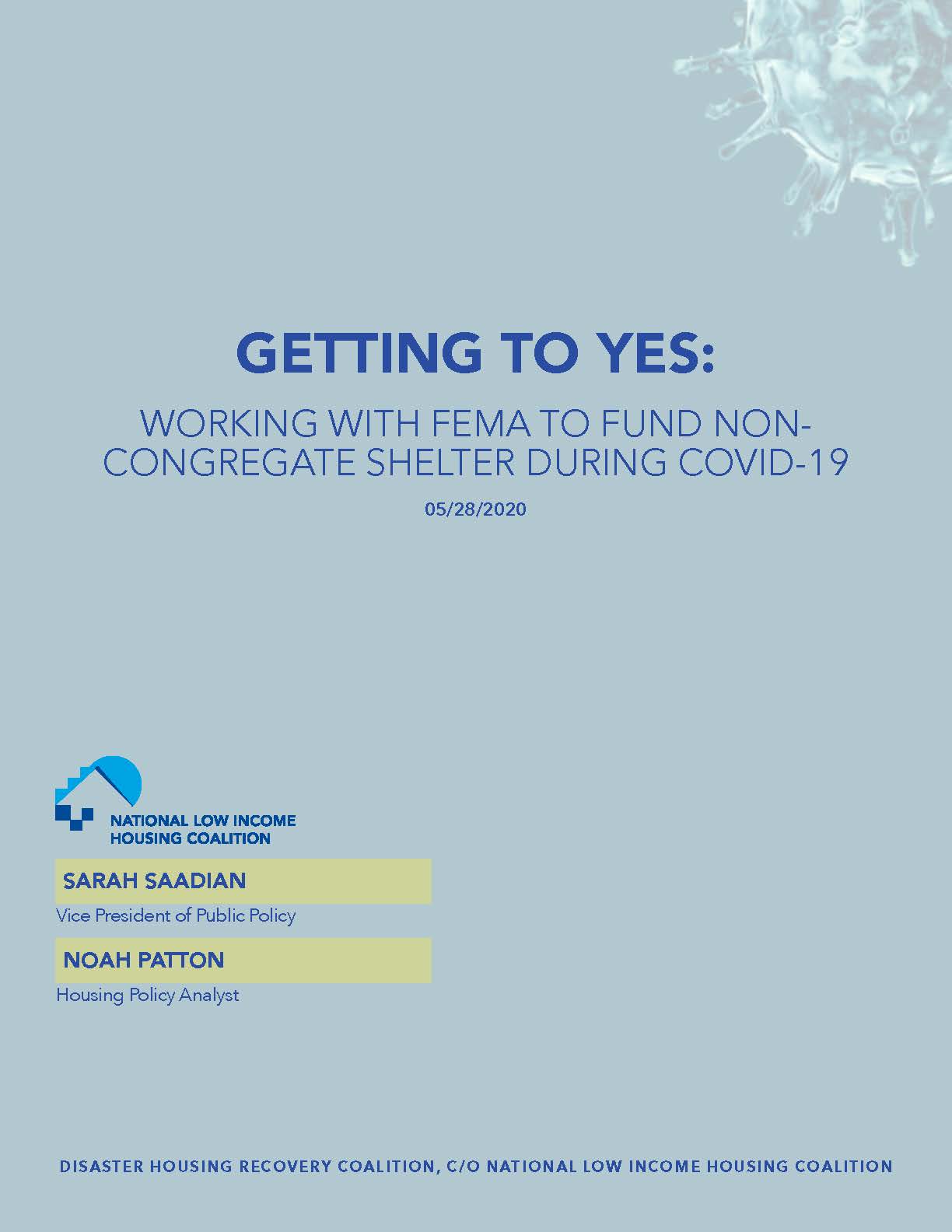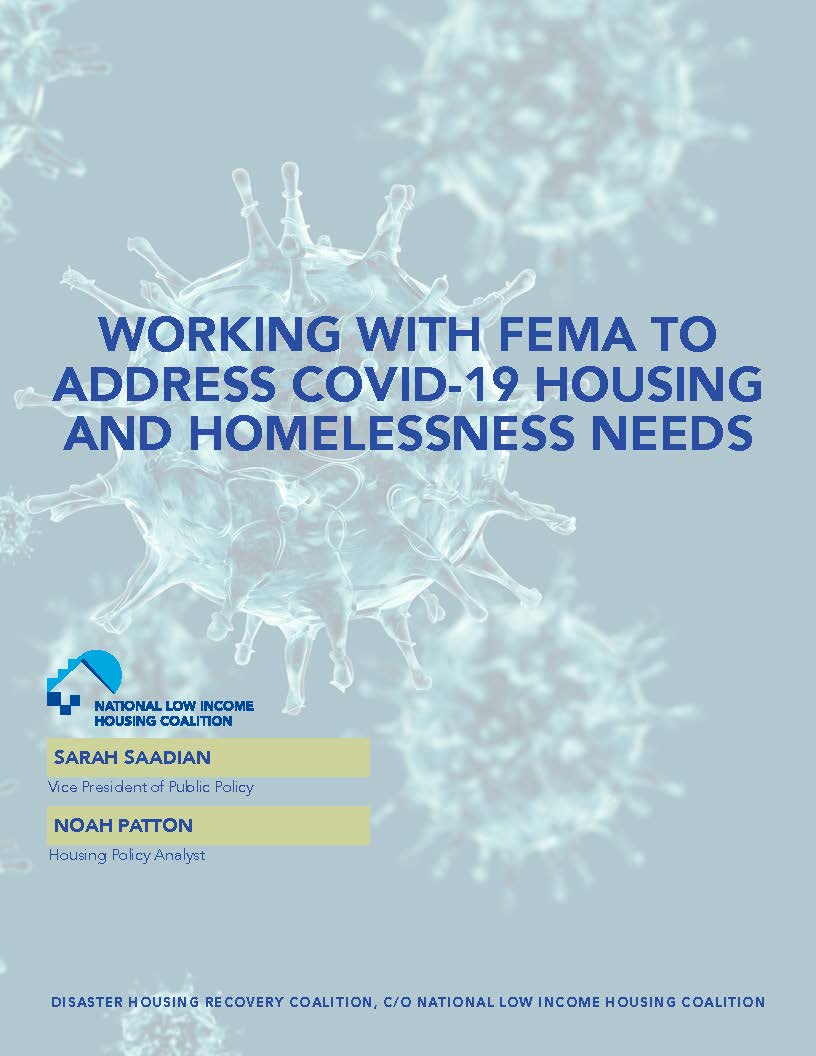New Report! Analysis of Treasury Emergency Rental Assistance Programs in 2021
NLIHC and the University of Pennsylvania’s Housing Initiative at Penn released today their newest report, “Treasury Emergency Rental Assistance Programs in 2021: Preliminary Analysis of Program Features and Spending Performance.” The report analyzes key emergency rental assistance (ERA) program features and outcomes, primarily spending outcomes, using NLIHC’s ERA database, a survey of ERA program administrators, and expenditure data from the U.S. Department of the Treasury.
New Report: ERA Spending and Performance Trends 2022
NLIHC has released a report on the progress of the U.S. Department of Treasury’s Emergency Rental Assistance (ERA1) programs in their distribution of funds appropriated under the 2021 Consolidated Appropriations Act. This report analyzes ERA1 grantee spending progress, describes Treasury’s reallocation process for ERA1 grantees, and provides recommendations to ERA administrators and Treasury to best serve low-income renters.
New Report on the Current Situation Low-Income Renters Face and Their Needs in the Coming Months
The report provides an overview of what we have learned over the last year and a half from the Census Bureau’s Household Pulse Survey and other sources. Approximately 6.5 million renter households were behind on rent in early July, though the largest surveys do not yet provide an estimate of the aggregate size of accumulating rental arrears. Surveys suggest that many renters have paid the rent only by relying on unsustainable, harmful methods like taking on additional debt or cutting back on basic needs. The note also explains why we have good reason to believe renters of color, low-income renters, and renters with lower educational attainment are experiencing greater struggles.
New Report - Direct-to-Tenant Payment Implementation: Increasing Flexibility and Equity in Emergency Rental Assistance Programs
The COVID-19 crisis and the accompanying economic fallout has left millions of low-income renters unable to pay their rent, putting them at risk of eviction and homelessness. As of mid-June, nearly six million renter households were behind on rent, accounting for more than 14% of all renter households. Of households behind on rent, approximately 43.4% reported it was very likely or somewhat likely that they would move in the next month due to eviction.
Treasury Emergency Rental Assistance Programs in 2021: Analysis of a National Survey
NLIHC, the University of Pennsylvania’s Housing Initiative at Penn, and the NYU Furman Center’s newest report, “Treasury Emergency Rental Assistance Programs in 2021: Analysis of a National Survey,” provides an initial analysis of key program design features of Treasury Emergency Rental Assistance (ERA) programs and compares results to NLIHC’s ERA program-tracking database as well as results from the three organizations’ previous survey in the fall of 2020. The survey took place in April 2021, and the results reflect key program design features of early implementers of the Treasury ERA program. Two additional rounds of surveys will help us better understand how programs adapt and change and how different program features translate to outcomes.
Prioritization in Emergency Rental Assistance Programs’ to Better Serve Priority Populations
To maximize the number of people in priority populations (extremely low-income households, people of color, and other marginalized people most in need) receiving emergency rental assistance, program administrators must center those priority populations in the key steps of program administration: (1) determining the priority population; (2) program budgeting & setting benchmarks; (3) conducting robust tenant & landlord outreach; (4) providing ample intake support for tenants and landlords; (5) selecting applicants and providing services; and (6) monitoring and evaluation. The report includes resources and examples from state and local programs around the country to illustrate the variety of strategies used to prioritize populations.
Learning from Emergency Rental Assistance Programs: Lessons from Fifteen Case Studies
The U.S. Department of Treasury Emergency Rental Assistance program, as established by the most recently passed coronavirus relief package, includes $25 billion in rental assistance, which can cover an eligible household’s rent and utilities for a maximum of 15 months, including past due and future payments. At least 35 programs, nearly half of which are statewide, are already accepting applicants. Another 400 state and local jurisdictions and nearly 240 tribal governments, are either ramping up their existing rental assistance programs to get this unprecedented volume of funds out the door or preparing to implement rental assistance for the first time.
Advancing Racial Equity in Emergency Rental Assistance Programs"
The NYU Furman Center, together with the Housing Initiative at Penn and the National Low Income Housing Coalition, recently co-authored a report describing these “first-generation” COVID rental assistance programs, based on a survey of 220 programs across the country. This brief draws upon the analysis from that survey, along with additional document review and interviews with selected program administrators. Based on these sources, the brief highlights several lessons about strategies states and localities can use to design and implement more equitable emergency rental assistance programs.
Joint Report “COVID-19 Emergency Rental Assistance: Analysis of a National Survey of Programs"
NLIHC, the University of Pennsylvania’s Housing Initiative at Penn, and the NYU Furman Center’s for Real Estate and Urban Policy’s new report, “COVID-19 Emergency Rental Assistance: Analysis of a National Survey of Programs,” provides an analysis of key emergency rental assistance program design and implementation decisions from a national survey of over 200 program administrators. The report examines program decisions against several outcome metrics, including a ratio of actual number of applicants to expected number of applicants and funds obligated as a share of total program funds. Program administrators provided responses to the survey in August, September, and October 2020, and many provided follow-up responses to requests for outcome data in December 2020 and January 2021.
NLIHC Report “Best Practices for State and Local Emergency Rental Assistance Programs"
NLIHC’s newest report, “Best Practices for State and Local Emergency Rental Assistance Programs,” outlines key considerations for implementing an emergency rental assistance (ERA) program using the $25 billion for ERA in the recent COVID-19 relief package. The report provides best practices and examples from state and local programs around the country. The guidance is informed by NLIHC’s ongoing research on ERA programs and the insights and experiences of state and local housing advocates. Above all, NLIHC recommends that program administrators create simple and accessible application processes to efficiently and effectively deliver rental assistance to tenants most in need.
NLIHC & i4J Report: “Costs Associated with Eviction-Related Homelessness"
NLIHC and the Innovation for Justice (i4J) Program at the University of Arizona released a research note on the public costs of eviction-related homelessness that the U.S. will incur if emergency rental assistance is not provided. In addition to the cruelty of throwing people out of their homes during a pandemic, a wave of evictions would create significant downstream costs for public health and social service systems. Depending on how many renters lost their homes, the cost of these social services could be as high as $129 billion.
NLIHC Report: “Housing is Healthcare: Challenges, Best Practices, and Policy Recommendations to Improve FEMA Programs to House People Experiencing Homelessness in Non-Congregate Shelters During the Pandemic"
NLIHC released a new report, “Housing is Healthcare: Challenges, Best Practices, and Policy Recommendations to Improve FEMA Programs to House People Experiencing Homelessness in Non-Congregate Shelters During the Pandemic.” The report documents the hurdles state and local governments and homeless service providers face when using FEMA Public Assistance (PA) funds to house people experiencing homelessness in hotels during the pandemic. The report also highlights success stories and opportunities to apply lessons learned to a future pandemic or the next wave of this one.
NLIHC Research Note: “Emergency Rental Assistance Programs in Response to COVID-19”
"Emergency Rental Assistance Programs in Response to COVID-19" provides a descriptive analysis of over 440 rental assistance programs created or expanded in response to COVID-19. The analysis provides insight into how programs are funded, designed, and implemented. The report finds that, although state and local governments have allocated at least $3.9 billion to emergency rental assistance, the magnitude and duration of need far outstrip available assistance. Most programs (81%) only provide short-term relief up to three months despite the much longer duration thus far of the pandemic and its economic fallout. Furthermore, too few programs specifically target extremely low-income renters, those with the greatest needs.
NLIHC Research Note: Need for Rental Assistance During the COVID-19 and Economic Crisis
Nearly ten million extremely low- and very low-income renter households were severely housing cost-burdened before the start of the COVID-19 and economic crisis, spending more than half of their income on rent. Based on the last recession, we assume this number will increase by at least 1.5 million. These households are at the greatest risk of housing instability, yet keeping them stably housed is critically important from the perspectives of individual well-being and public health. The temporary increase in unemployment insurance benefits is ultimately not sufficient on its own to ensure stable housing for the lowest-income renters. An economic recovery may not be quick, and some public health experts project COVID-19 outbreaks may continue into the fall. While eviction moratoriums play an important role in protecting renters, tenants are still responsible for their rent payments and small landlords still need rent revenues to operate and maintain their housing units.
NLIHC Research Note: Emergency Rental Assistance Needs for Workers Struggling due to COVID-19
The COVID-19 outbreak and related shutdowns continue to have a devastating impact on the job market, and evidence suggests that lower-wage workers are the most likely to be suffering a loss of income. By some estimates, more than 13 million low-income renter households have already been affected. Before the crisis, many of these renters were already struggling: 18.7 million low-income renters were housing cost-burdened, spending more than they can afford for their housing, including 7.7 million extremely low-income renters who spent more than half their incomes on housing.
 Click Here to View the Interactive PDF of the Report.
Click Here to View the Interactive PDF of the Report.
 Click Here to Download an Excel file of the May 2020 Rental Assistance Estimate.
Click Here to Download an Excel file of the May 2020 Rental Assistance Estimate.
NLIHC Research Note: State and Rental Assistance Programs
The coronavirus pandemic is a national public health crisis that requires families to safely shelter at home at a time when millions of low-wage workers have lost their jobs or have seen a decline in incomes, threatening their livelihoods and housing stability (Gould, 2020; Dey & Lowenstein, 2020). Federal, state, and local eviction moratoriums are rapidly expiring and the CARES Act supplemental unemployment benefits will end soon; at that time, millions of low-income renters will be at risk of losing their homes. At least $100 billion in emergency rental assistance is needed to keep low-income renters stably housed during and after the pandemic.
Getting to Yes: Working with FEMA to Fund Noncongregate Shelter During COVID-19
In March 2020, President Donald Trump announced a nationwide Declaration of Emergency regarding the coronavirus pandemic, making available critical resources from the Federal Emergency Management Agency (FEMA) to help address public health needs in states and localities.
Working with FEMA to Address COVID-19 Housing and Homelessness Needs
This toolkit provides you will find information on FEMA’s role, legal authority, programming, eligibility requirements, and funding opportunities in areas that have received a federal Major Disaster Declaration or are covered by the president’s National Emergency Declaration.
Learning from Emergency Rental Assistance Programs: Lessons from Fifteen Case Studies
The U.S. Department of Treasury Emergency Rental Assistance program, as established by the most recently passed coronavirus relief package, includes $25 billion in rental assistance, which can cover an eligible household’s rent and utilities for a maximum of 15 months, including past due and future payments. At least 35 programs, nearly half of which are statewide, are already accepting applicants. Another 400 state and local jurisdictions and nearly 240 tribal governments, are either ramping up their existing rental assistance programs to get this unprecedented volume of funds out the door or preparing to implement rental assistance for the first time.
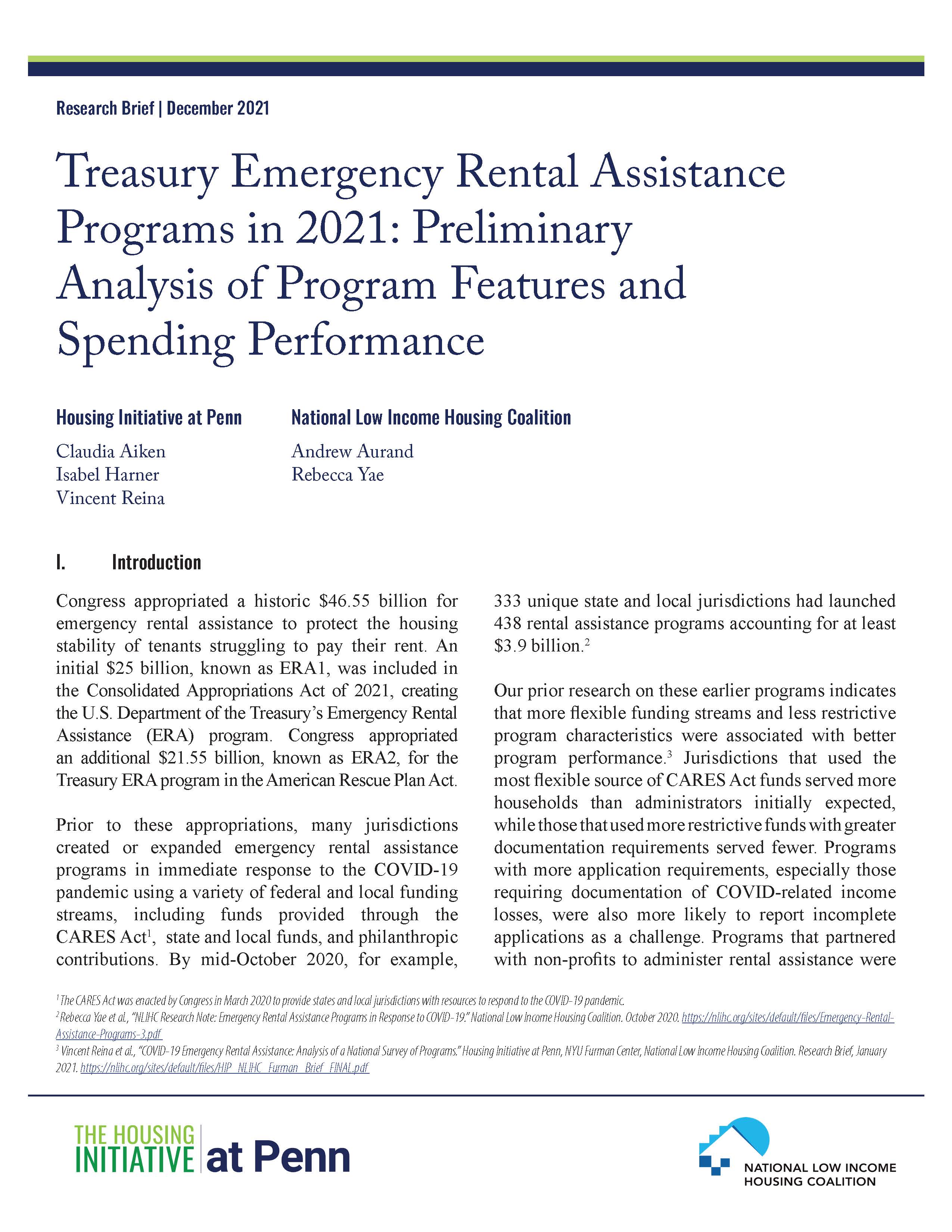
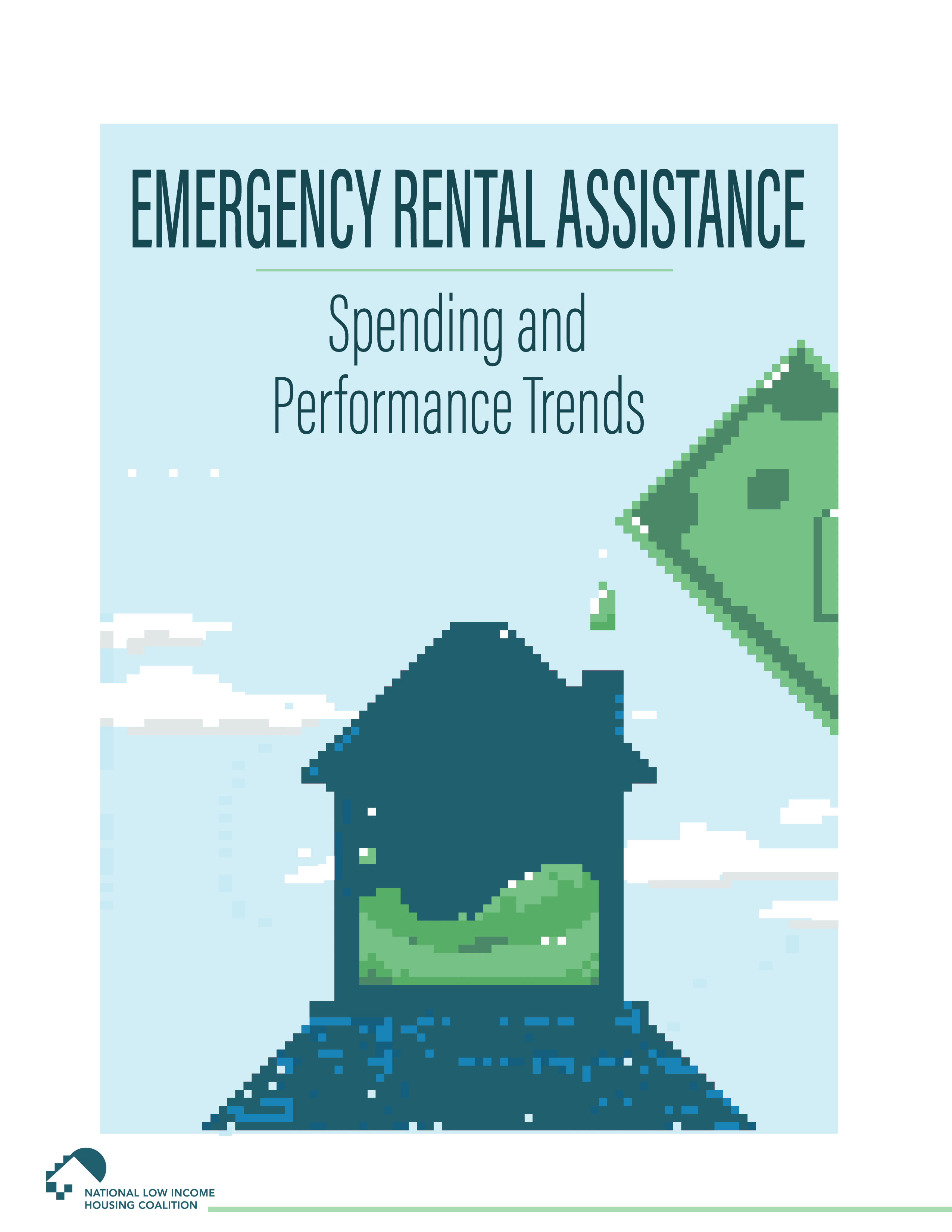
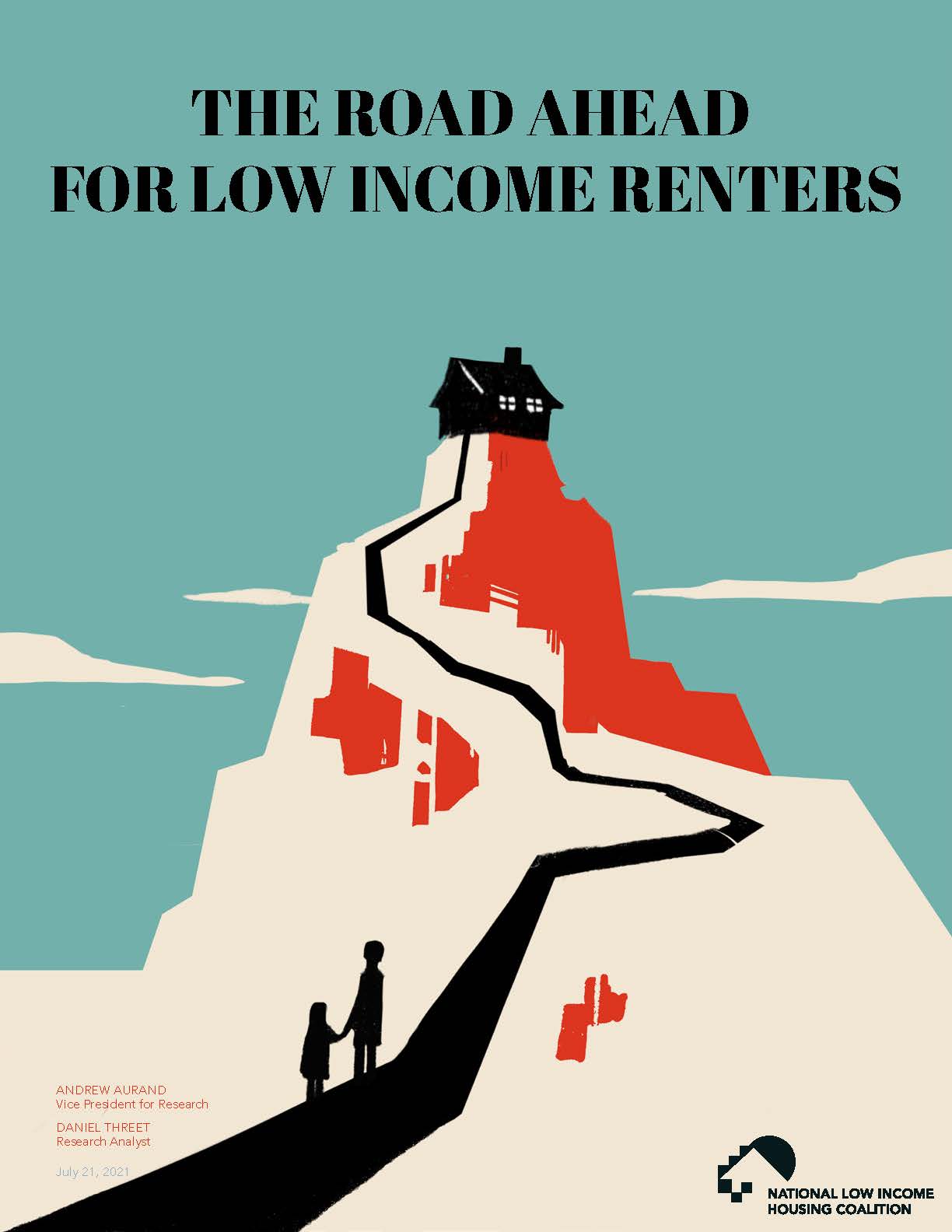
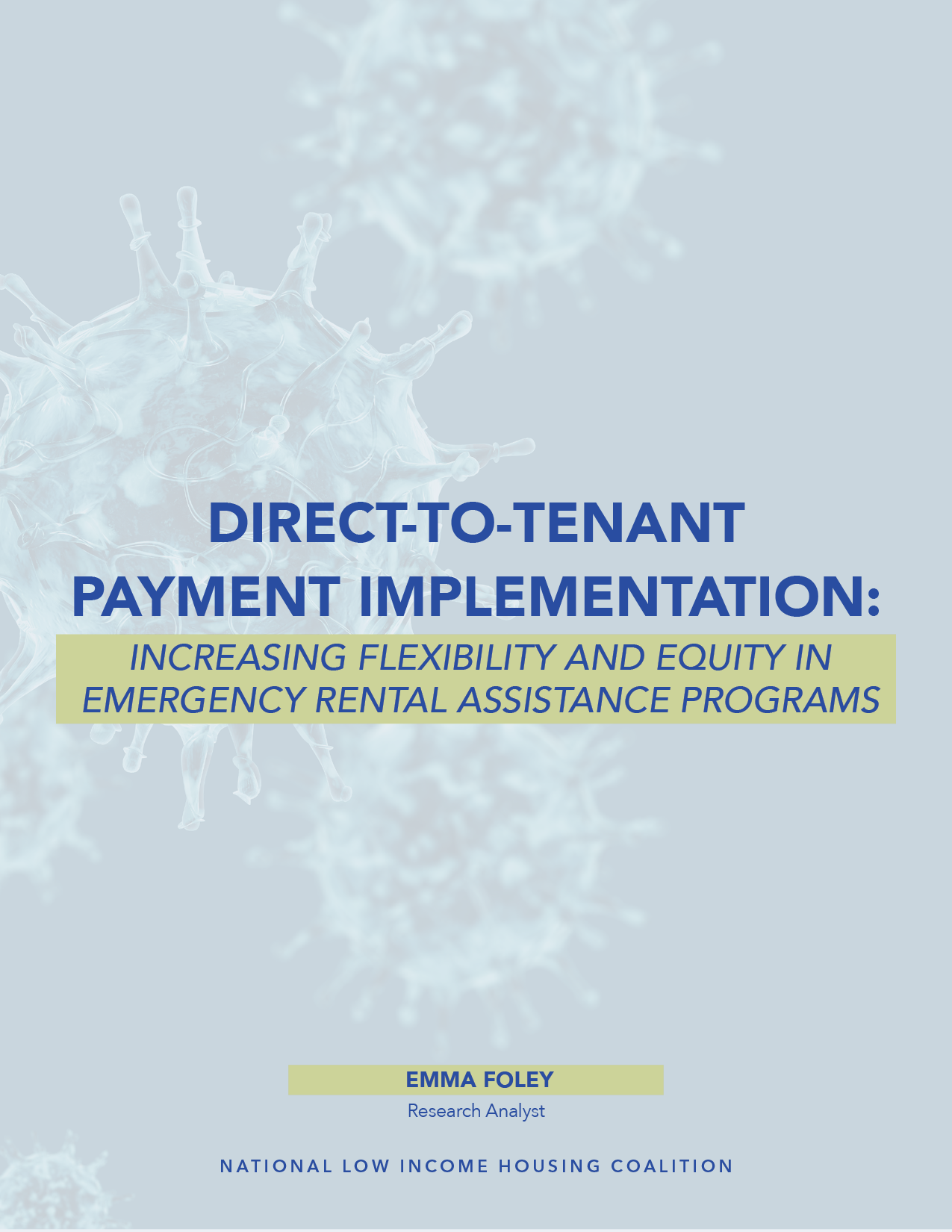
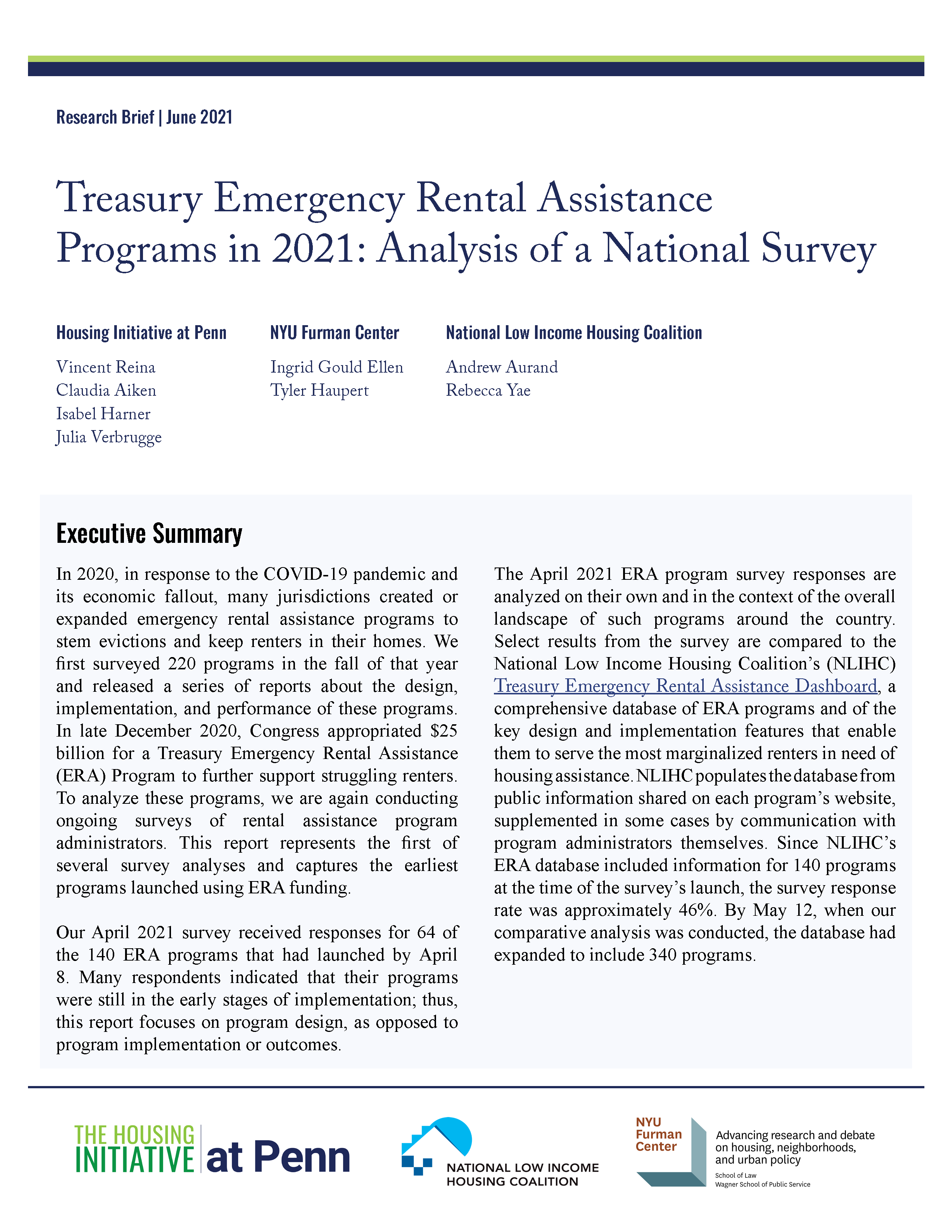
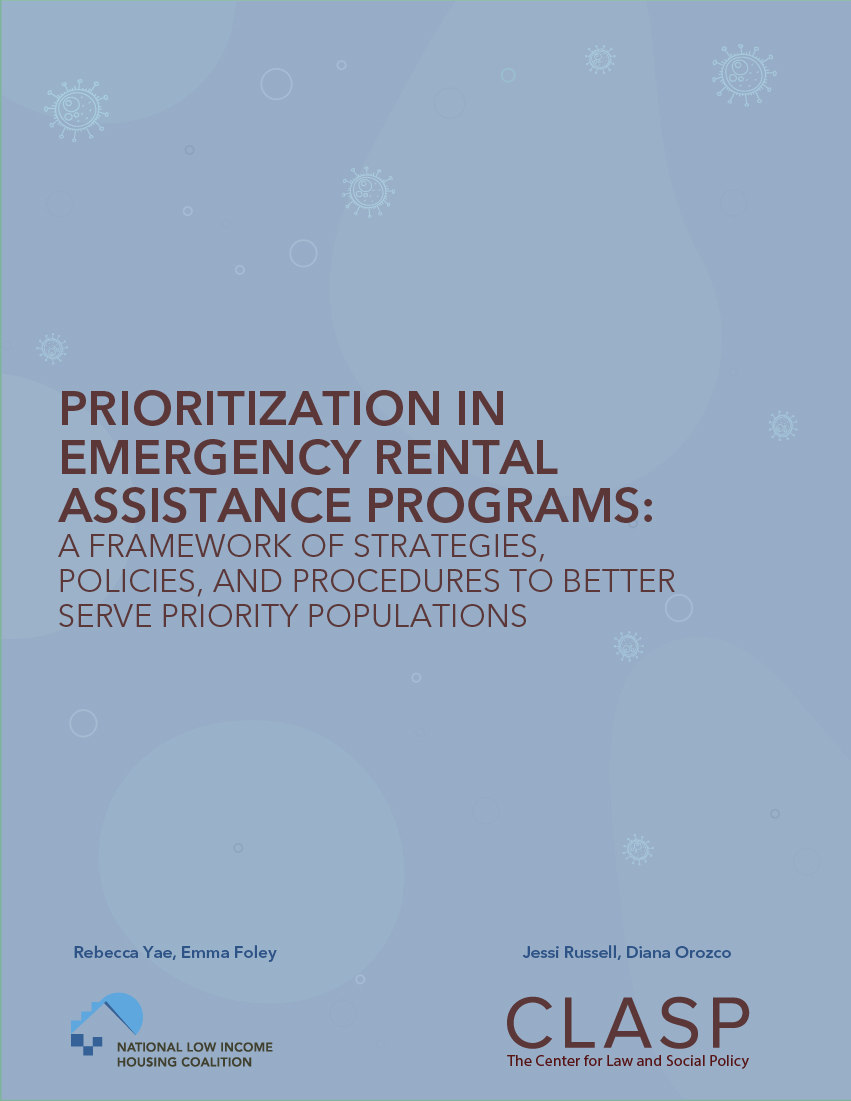
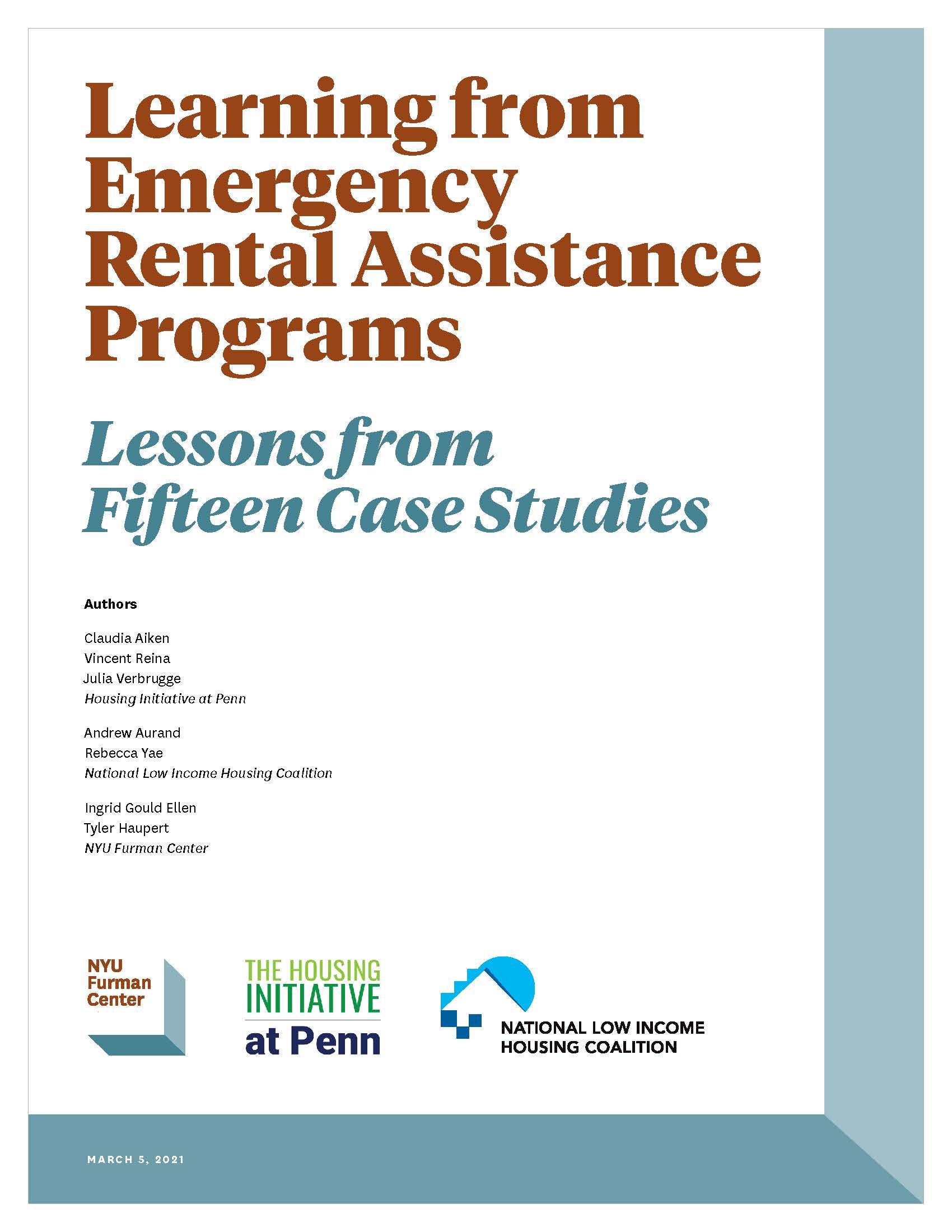
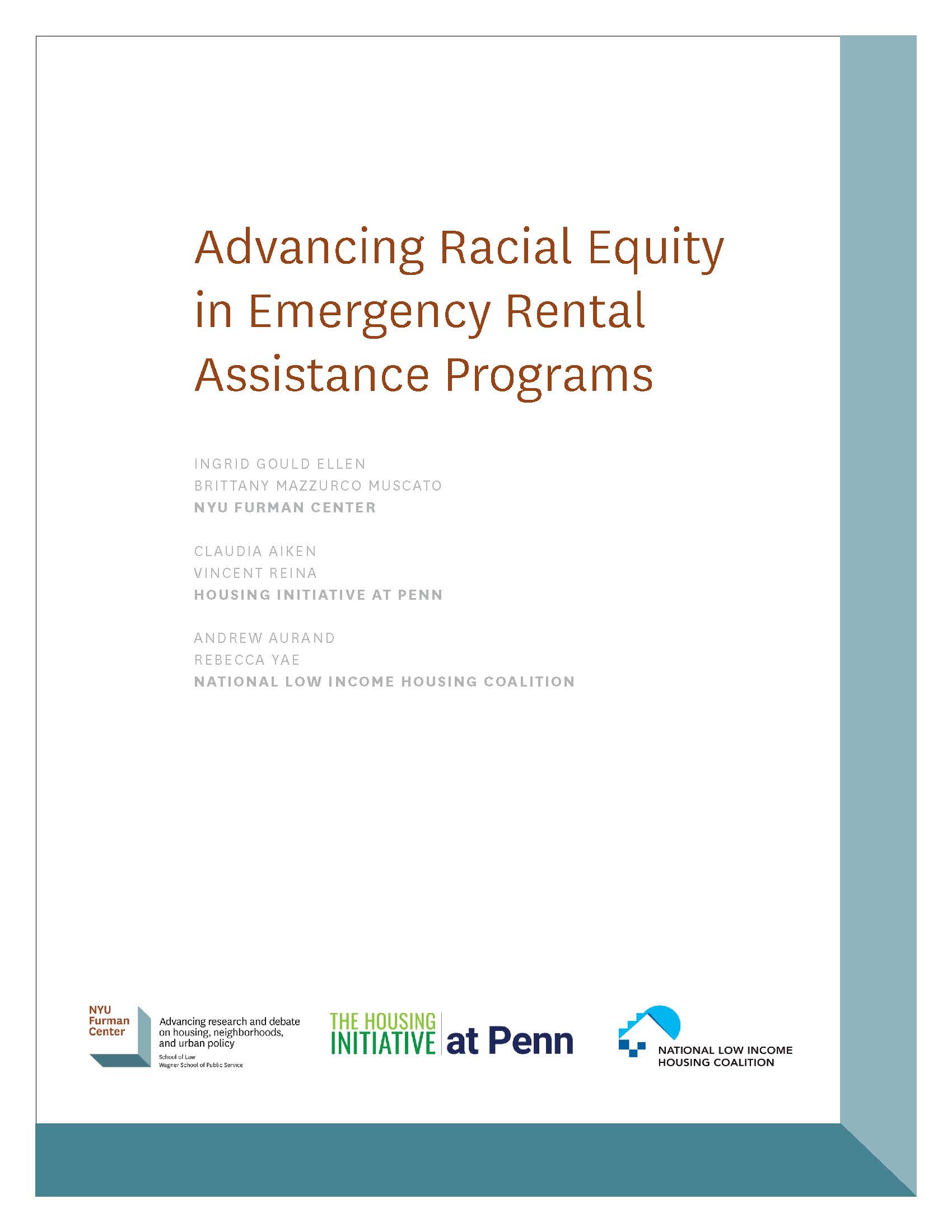
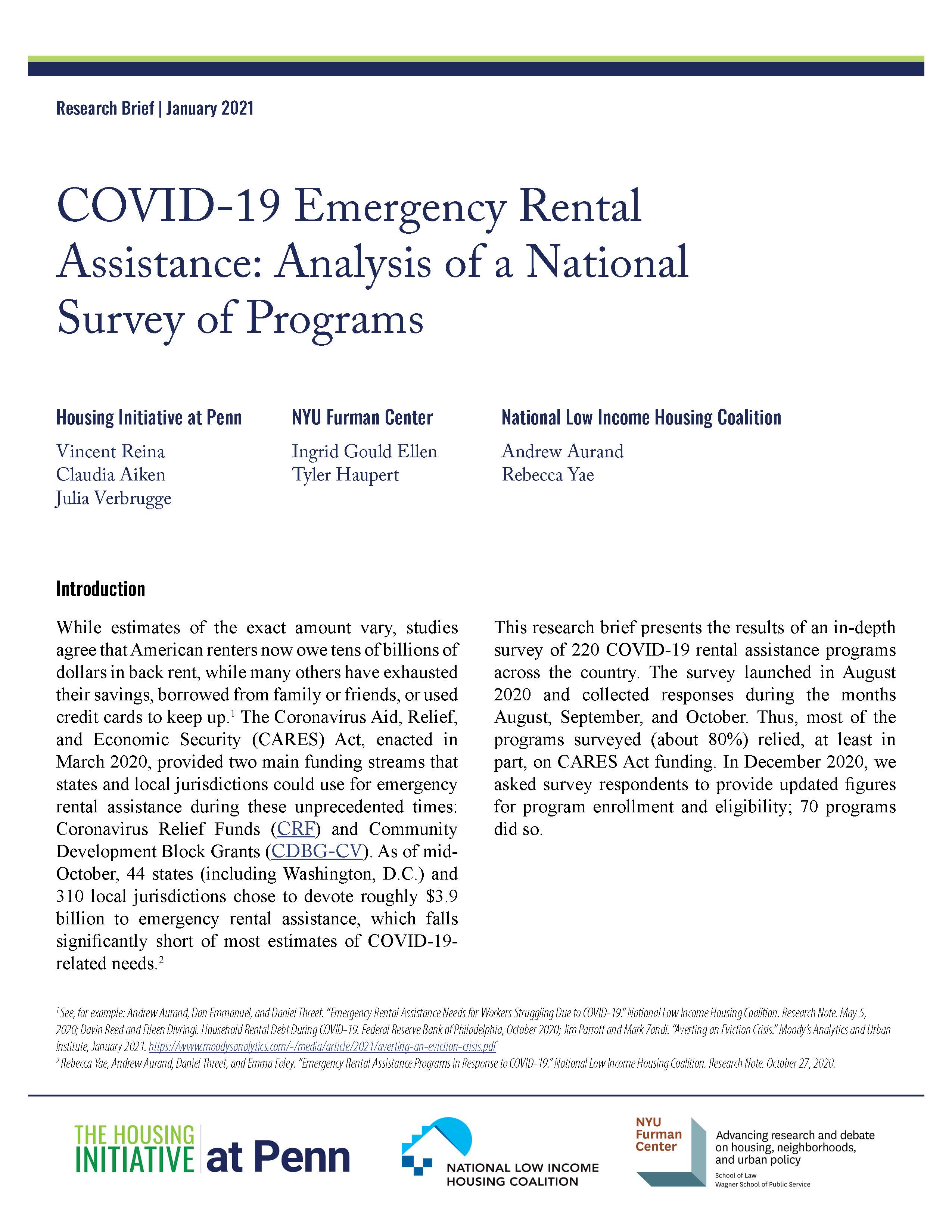
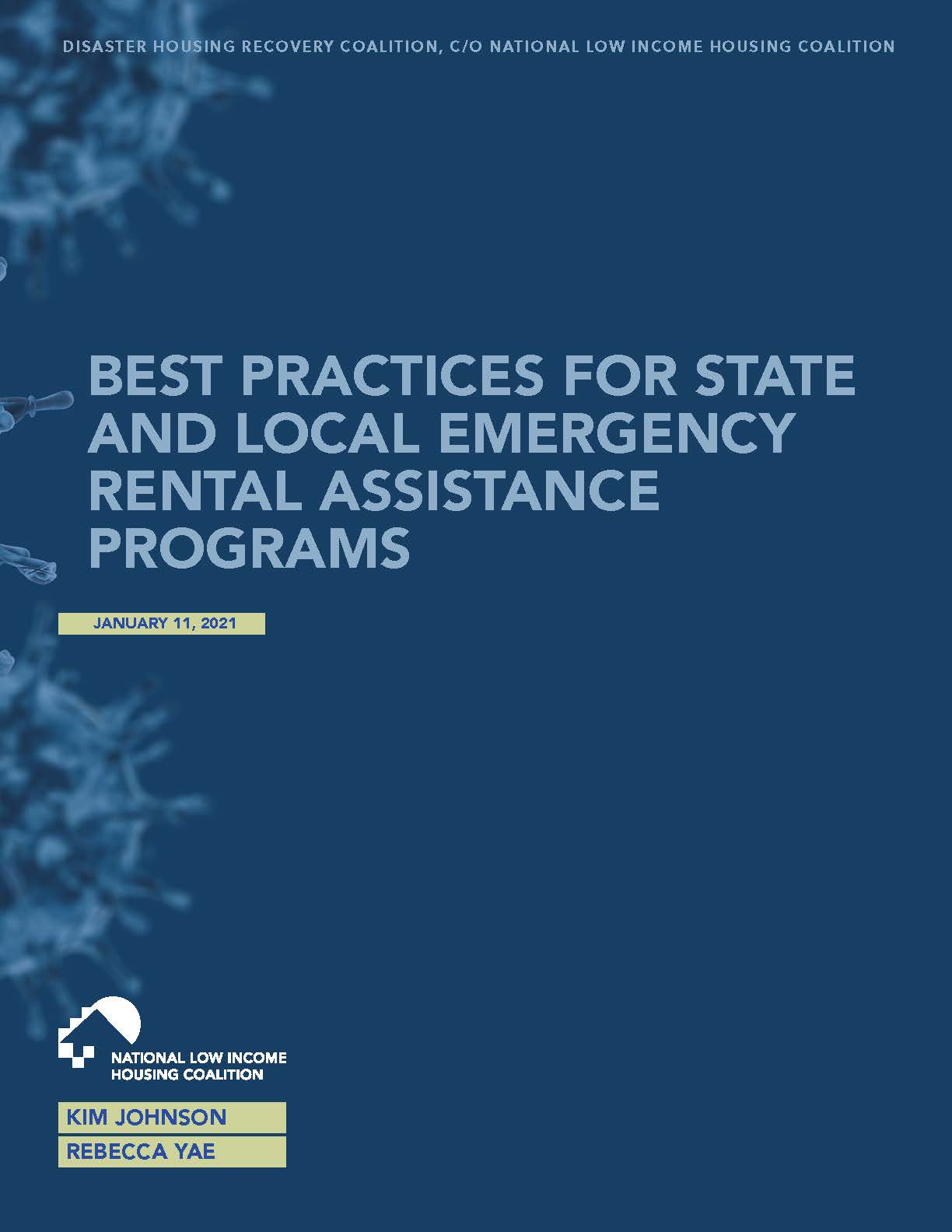
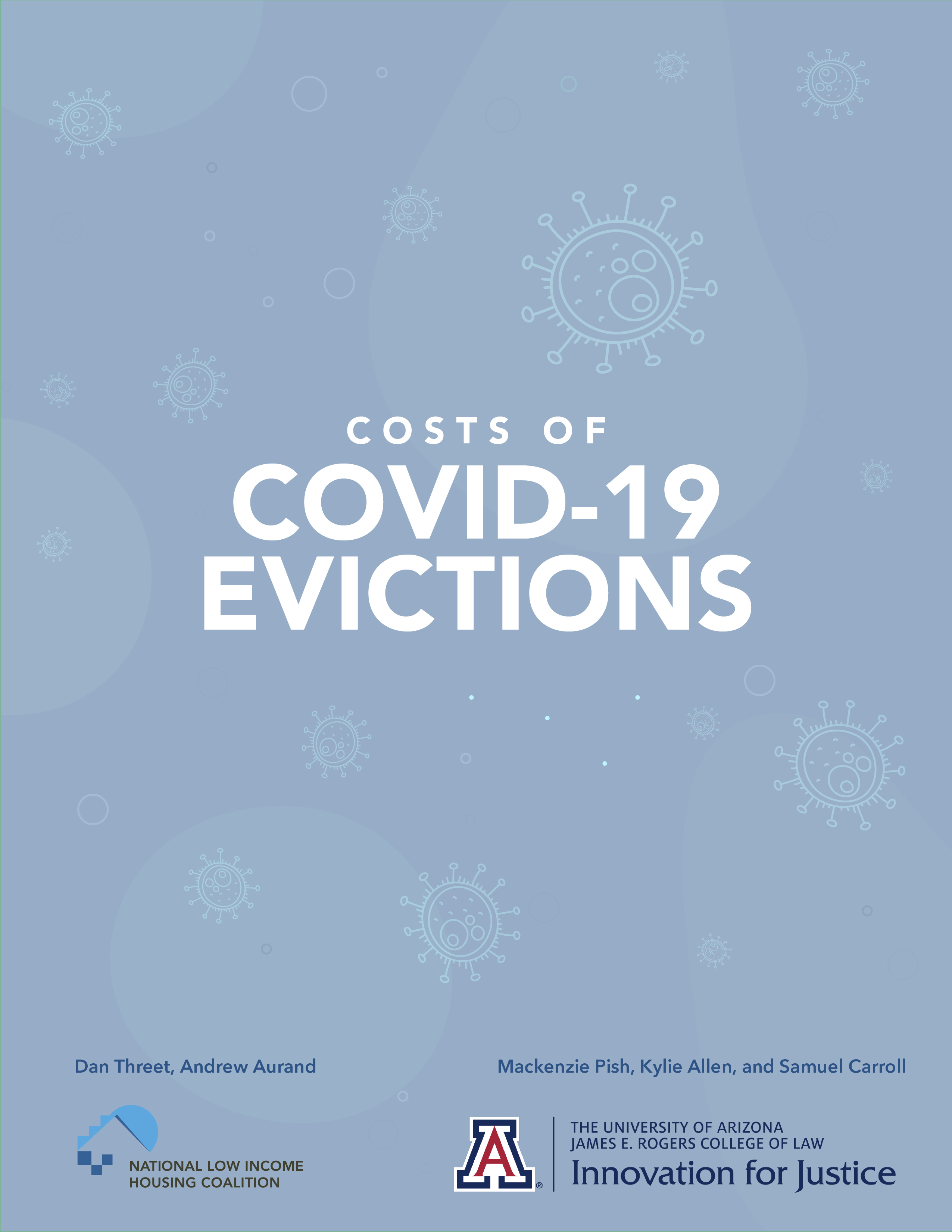
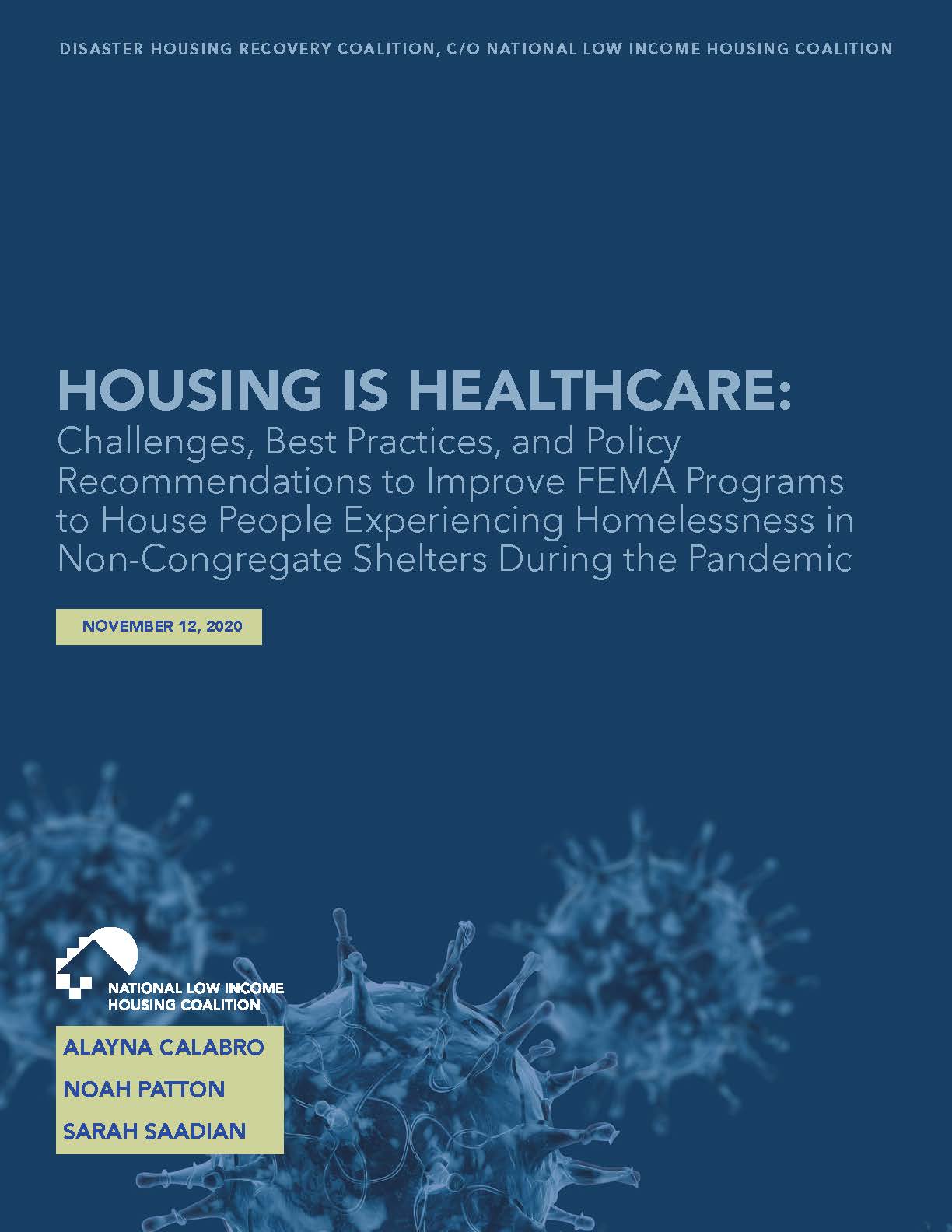
.jpg)
